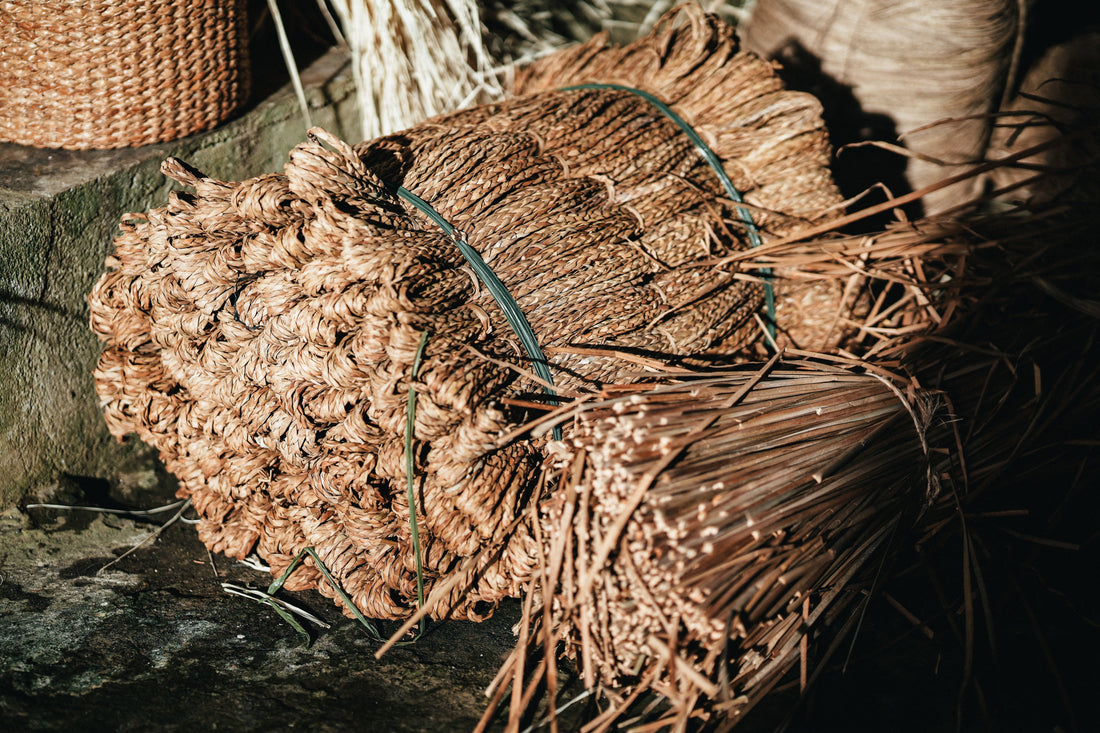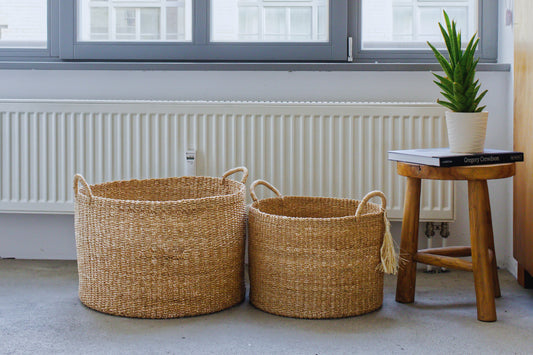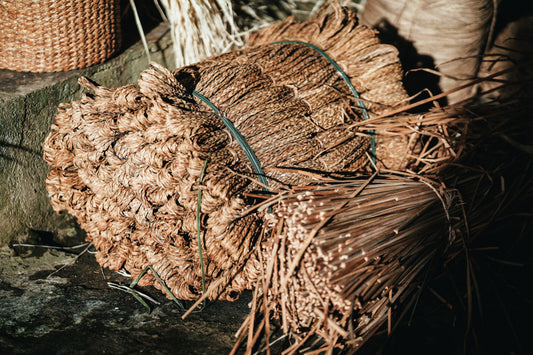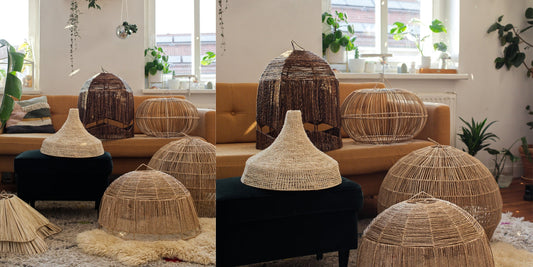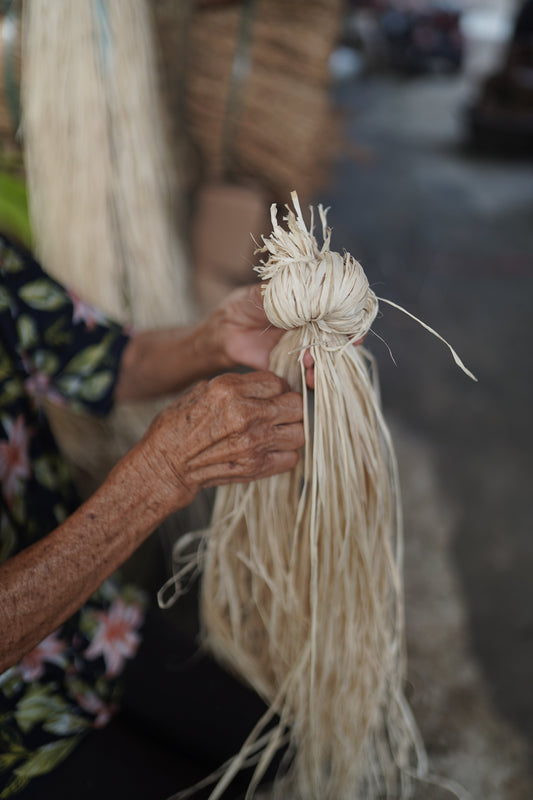In a time when fast, disposable products dominate the market, choosing natural, durable materials is not only a sustainable choice—it’s a long-term investment. Among these materials, abaca fiber stands out for its strength, resilience, and beauty. Sourced from a banana plant native to the Philippines, abaca is one of the strongest natural fibers in the world and a favorite for timeless home decor like baskets, lampshades, and plant holders.
How Long Does Abaca Last?
With proper care and moderate use, abaca items can last 10 years or even longer. While no natural fiber lasts forever, abaca—unlike many others—holds its structure, texture, and appeal for years.
- Storage baskets kept indoors can remain in great shape for a decade or more.
- Plant baskets, if used with liners to avoid moisture damage, typically last 2–5 years, often longer.
- Lampshades, which aren't exposed to wear and tear, can last over 10 years while developing rich visual character.
The Beauty of Aging: Patina That Tells a Story
One of abaca's most charming traits is how it ages naturally. Over time, the fiber develops a soft patina—a subtle change in tone and texture that adds warmth and uniqueness to each piece. This aging process doesn’t signal wear—it enhances the handmade beauty, making every item even more special.
A Premium Natural Fiber Worth Investing In
Abaca products may come at a slightly higher price compared to other natural fibers—but for good reason. You're investing in premium quality, handmade craftsmanship, and a product that truly stands the test of time. Unlike synthetic options or lower-grade fibers that fade, tear, or break, abaca offers long-term durability and natural elegance.
Although no natural material lasts forever, with simple care and mindful use, abaca pieces can remain part of your home for 10 years or more. That’s what makes them not only beautiful, but truly worth the investment—for you and for the planet.

